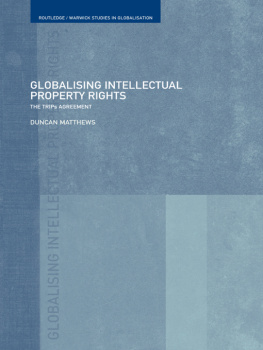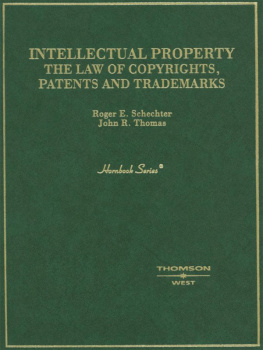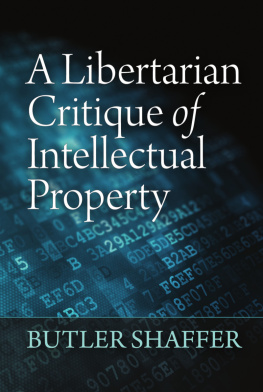
Great Clarendon Street, Oxford, OX 2 6 DP ,
United Kingdom
Oxford University Press is a department of the University of Oxford.
It furthers the Universitys objective of excellence in research, scholarship,
and education by publishing worldwide. Oxford is a registered trade mark of
Oxford University Press in the UK and in certain other countries
Marcus Smith & Nico Leslie 2013
The moral rights of the authors have been asserted
First edition published in 2007
Second edition published in 2013
Impression: 1
All rights reserved. No part of this publication may be reproduced, stored in
a retrieval system, or transmitted, in any form or by any means, without the
prior permission in writing of Oxford University Press, or as expressly permitted
by law, by licence or under terms agreed with the appropriate reprographics
rights organization. Enquiries concerning reproduction outside the scope of the
above should be sent to the Rights Department, Oxford University Press, at the
address above
You must not circulate this work in any other form
and you must impose this same condition on any acquirer
Crown copyright material is reproduced under Class Licence
Number C01P0000148 with the permission of OPSI
and the Queens Printer for Scotland
British Library Cataloguing in Publication Data
Data available
ISBN 9780199585083
Printed in Great Britain by
CPI Group (UK) Ltd, Croydon, CR0 4YY
Links to third party websites are provided by Oxford in good faith and
for information only. Oxford disclaims any responsibility for the materials
contained in any third party website referenced in this work.
FOREWORD TO THE SECOND EDITION
Assignments occur in a wide variety of contexts. Many are of everyday commercial importance, others more exotic. But the subject is marked by ancient terminology (choses or things in action) and by distant history (the common laws reluctance to treat contractual relations as other than personal and the perceived risks arising from the buying and selling of causes of action). The interventions of equity and of various statutory provisions leave a patchwork picture, the implications of which are not always easy to comprehend or apply.
The topic also raises questions which are inherently difficult. Even more so, one may add, when associated with issues of private international lawin 2008 the Council of Ministers had to defer determination of which law or laws should govern the effectiveness of an assignment or subrogation of a claim against third parties and the priority of the assigned or subrogated claim over a right of another person when agreeing Rome I Regulation 593/2008: see article 27(2); no via media could be found to reconcile the competing arguments of block discounters in favour of the law governing the assignment and others favouring the law governing the claim assigned.
The first edition of the present work was by Marcus Smith QC alone. Its success in providing a wide-ranging review of the subject made it of value to the practitioner and academic alike. The second edition, in which Marcus Smith is joined by Nico Leslie, takes an even broader view of the field. It incorporates various new sections, including a substantial one covering the following and tracing of assets in circumstances where an owner is deprived of his property. But throughout it maintains the same high standard of clarity and analysis, starting as before with a useful overview of its now expanded contents and clarification of the terminologychoses in action, property rights and intangible property, etc. The authors jurisprudential interests manifest themselves in passages discussing the various interests involved in assignment in Hohfeldian terms. Comparative European law appropriately informs their analysis of the circumstances in which transfer of property occurs so as to preclude the following or tracing of assets.
The new edition is not only comprehensive, but clear, informative, well-referenced, scholarly and appropriately critical. It is also a good read, both for detailed study and for reference. It is a pleasure to commend the joint authors on producing so admirable a sequel to an already excellent first edition.
Lord Mance
January 2013
FOREWORD TO THE FIRST EDITION
The law of assignment is seldom visited by academics. Nor has it ever been friendly territory for practising lawyers, not because it is part of the hinterland where we are seldom taken, but because it is one of those dangerous streets where all too often we are surprised to find ourselves. This book is designed to help us at least orientate ourselves in the confusion, and, with luck, to find the right path.
Assignment is not an easy area of the law, and it is not one that is easy to categorize. It bridges property and personal obligations. It still bears the scars of the skirmishing between equity and the series of excuses that the common law hit upon to resist change. The invaluable contributions of law merchant are still observable and on occasion still need to be harmonized or modernized. The intervention of statute has brought its own problems. The line between substantive law and procedural rules can easily be lost. Added to all that, there are the inevitable difficulties that arise because the law of assignment covers a multiplicity of different types of obligation. It is not surprising that at times it seems to defy attempts to discern a consistent and logical structure.
As new international influences and new forms of commerce and financial dealings require the law to be flexible enough to recognize and accommodate new forms of business obligations, the rules of English law about transferring rights and obligations cannot be rigid or static. Established doctrines about transferring burdenseven the language seems oddly stalewill require fresh examination. But sound legal progress requires a proper understanding of developments to date and a firm grasp of the governing principles. This textbook is timely in providing the well-researched and disciplined analysis that is needed. While the Judicature Act freed the common law from some of the chains in which it had tangled itself, the best part of a century and a half is long enough for a new body of judicial pronouncements to gather. The author treats them with a proper respect, that is to say a sceptical and critical respect. He avoids being sidetracked by that excessive regard for aberrant decisions that can so easily distort or disguise legal principles, not by the easy device of ignoring them, but by engaging with them and putting them in their place.












